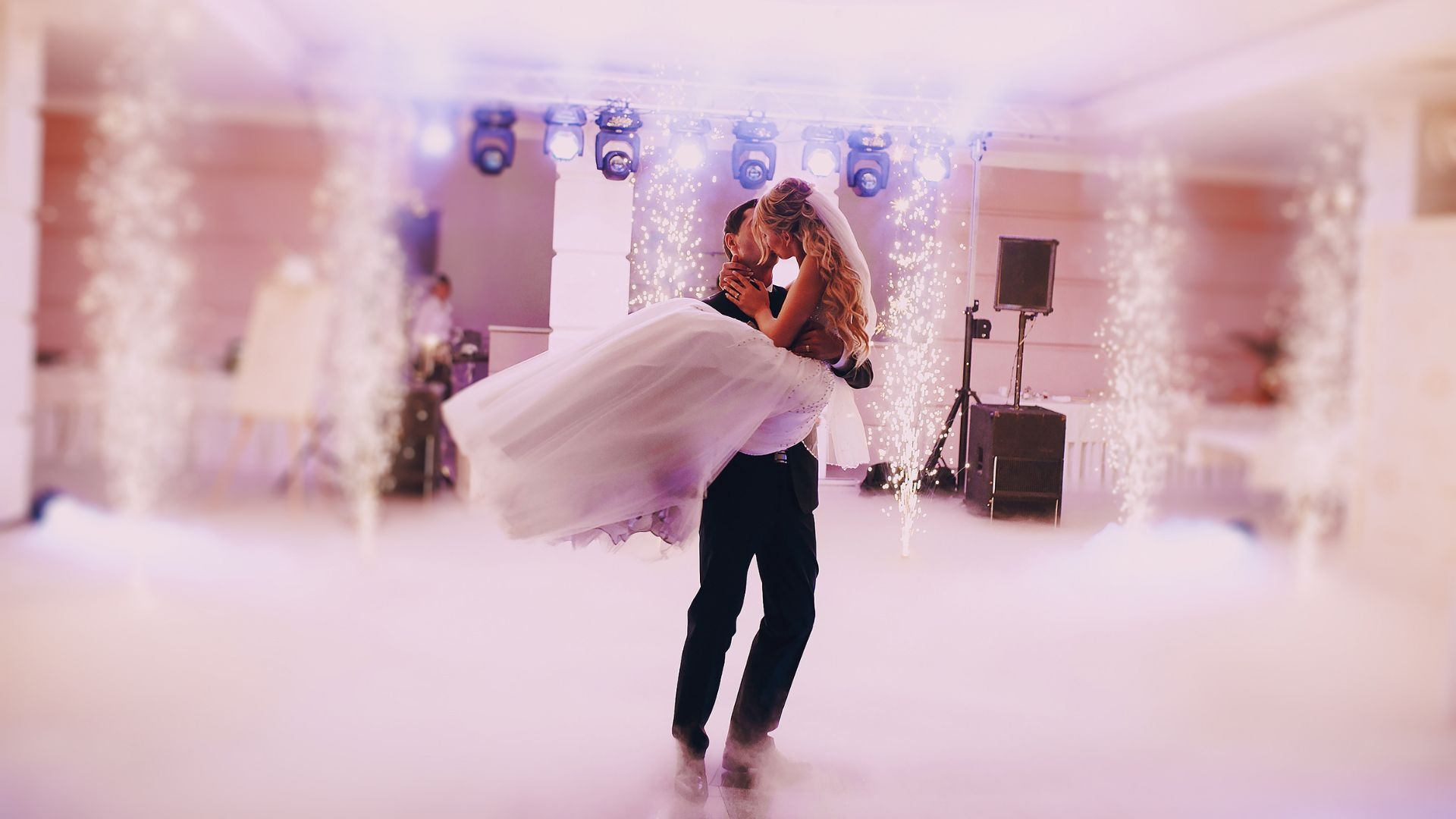Energy-Generating Dance Floors
How do energy-generating dance floors work to convert kinetic energy into electricity?
Energy-generating dance floors work by utilizing piezoelectric technology, which converts mechanical stress from footsteps into electrical energy. When dancers move on the floor, the pressure exerted on the surface causes crystals within the floor to generate a small electric current. This current is then captured and stored for later use as electricity.








